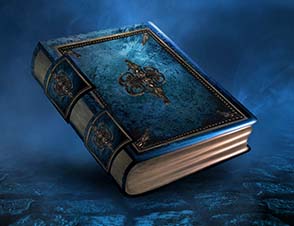The Right Threat
Since Magic is ultimately about dealing the twentieth point, every deck’s plan leads toward that. The variables here are how far into the game that will be, how many turns the damage will take, and how many sources will deliver it. Vintage’s abundant cardpool pushes decks toward the answers “soon, one, one”, but Fish is the winningest deck that says “eventually, several, several”. Since, unlike decks terminating in one-card blowouts, Fish uses its threats throughout its game plan, I’m focusing on it today. Whether you want to hate them or play them, it’s important to consider what’s winning.

